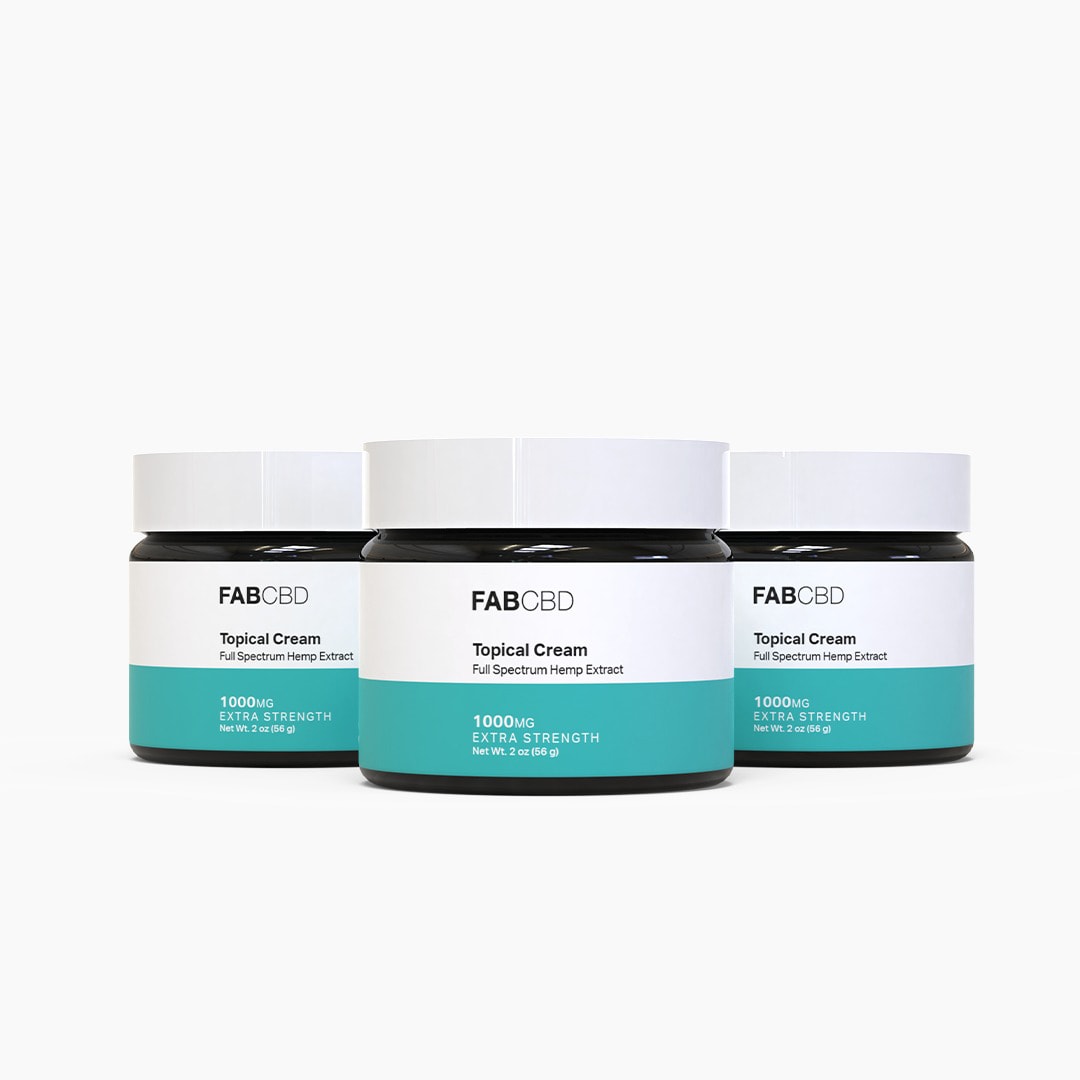Experience Serenity CBD Arnica Cream: Your Pathway to Pain-Free Living
Check Out the Scientific Research Behind CBD Discomfort Lotion and Its Therapeutic Results
As the need for all-natural pain alleviation options proceeds to increase, the clinical community has actually turned its interest to the healing impacts of CBD pain cream. From its anti-inflammatory properties to the complicated neurological results that modulate pain assumption, CBD's prospective as a discomfort administration option is a topic of ongoing research study and medical rate of interest.
Endocannabinoid System and CBD Discomfort Alleviation
What duty does the endocannabinoid system play in CBD discomfort alleviation? The endocannabinoid system (ECS) is an intricate network of receptors, enzymes, and endocannabinoids that play an essential function in controling numerous physiological procedures, including pain feeling. When CBD is used topically or consumed, it connects with the ECS to regulate discomfort understanding and swelling. CBD exerts its results by targeting cannabinoid receptors, particularly CB1 and CB2 receptors, which are abundant in the central nerves and immune cells, respectively. By binding to these receptors, CBD can inhibit the transmission of pain signals and minimize inflammation, causing pain relief.

Systems of CBD for Discomfort Administration
Discovering the complex devices where CBD runs in pain monitoring reveals its possible as a useful therapeutic device in relieving different forms of pain. CBD engages with the endocannabinoid system, consisting of cannabinoid receptors (CB1 and CB2) dispersed throughout the body. When CBD is provided, it regulates these receptors, affecting natural chemical release and dampening discomfort signals. In addition, CBD's anti-inflammatory properties play a vital function hurting administration by minimizing swelling at the site of pain.

Anti-Inflammatory Features of CBD
In clarifying the effectiveness of CBD suffering management, a noteworthy facet hinges on its powerful anti-inflammatory properties. CBD, or cannabidiol, has actually gathered attention for its capacity to regulate inflammatory reactions within the body. Swelling is a complicated biological response that plays a More Info critical duty in the body's body immune system, however when it becomes persistent, it can add to various wellness problems, consisting of discomfort. CBD communicates with the endocannabinoid system, especially targeting CB2 receptors located in the immune cells. By triggering these receptors, CBD can help regulate immune feedbacks and minimize inflammation.
Research studies have shown that CBD can prevent inflammatory conciliators and cytokines, therefore wetting the inflammatory cascade. This anti-inflammatory effect is especially promising for problems characterized by persistent inflammation, such as arthritis, inflammatory digestive tract illness, and neuropathic pain. By minimizing inflammation, CBD not only resolves the symptoms but likewise targets the underlying reason for pain, making it an important healing representative for handling a vast array of inflammatory conditions.
Neurological Impacts of CBD on Discomfort
CBD puts in profound neurological impacts on discomfort assumption via its communication with certain receptors in the central nerve system. The endocannabinoid system, which makes up cannabinoid receptors (CB1 and CB2) and endocannabinoids produced by the body, plays a critical role in modulating discomfort signals. CBD engages with these receptors, primarily CB1 discovered in the brain and CB2 located in the immune cells, to apply its analgesic impacts. By affecting the task of these receptors, CBD can assist control discomfort sensitivity and swelling, supplying potential restorative advantages for people experiencing numerous kinds of discomfort conditions.
Researches have actually revealed that CBD's action on the endocannabinoid system can result in the restraint of pain signaling paths, reducing the assumption of pain. In addition, CBD has actually been found to have neuroprotective properties, which can help ease neuropathic pain by protecting neurons from damage. The ability of CBD to regulate discomfort at a neurological level makes it a promising choice for taking care of persistent discomfort conditions where conventional therapies might fail.
Clinical Studies Sustaining CBD Discomfort Relief

Final Thought
In conclusion, the science behind CBD pain cream discloses its prospective restorative results with the modulation of the endocannabinoid system (Serenity CBD arnica cream). CBD's mechanisms for discomfort management include its anti-inflammatory properties and neurological impacts on discomfort assumption.
As the demand for all-natural pain relief choices proceeds to climb, the clinical neighborhood has actually transformed its interest to the healing impacts of CBD pain cream. From its anti-inflammatory residential or commercial properties to the complex neurological impacts that modulate pain understanding, CBD's potential as a pain monitoring solution is a subject of ongoing research study and professional rate of interest.Structure upon the understanding of CBD's neurological impacts on pain assumption, professional research studies have supplied valuable understandings right into the effectiveness of CBD in giving pain alleviation. A research have a peek at these guys study released in the European Journal of Discomfort demonstrated that applying CBD topically minimized discomfort and swelling in rats with arthritis without any type of obvious side results. CBD's mechanisms for pain administration include its anti-inflammatory homes and neurological results on discomfort perception.